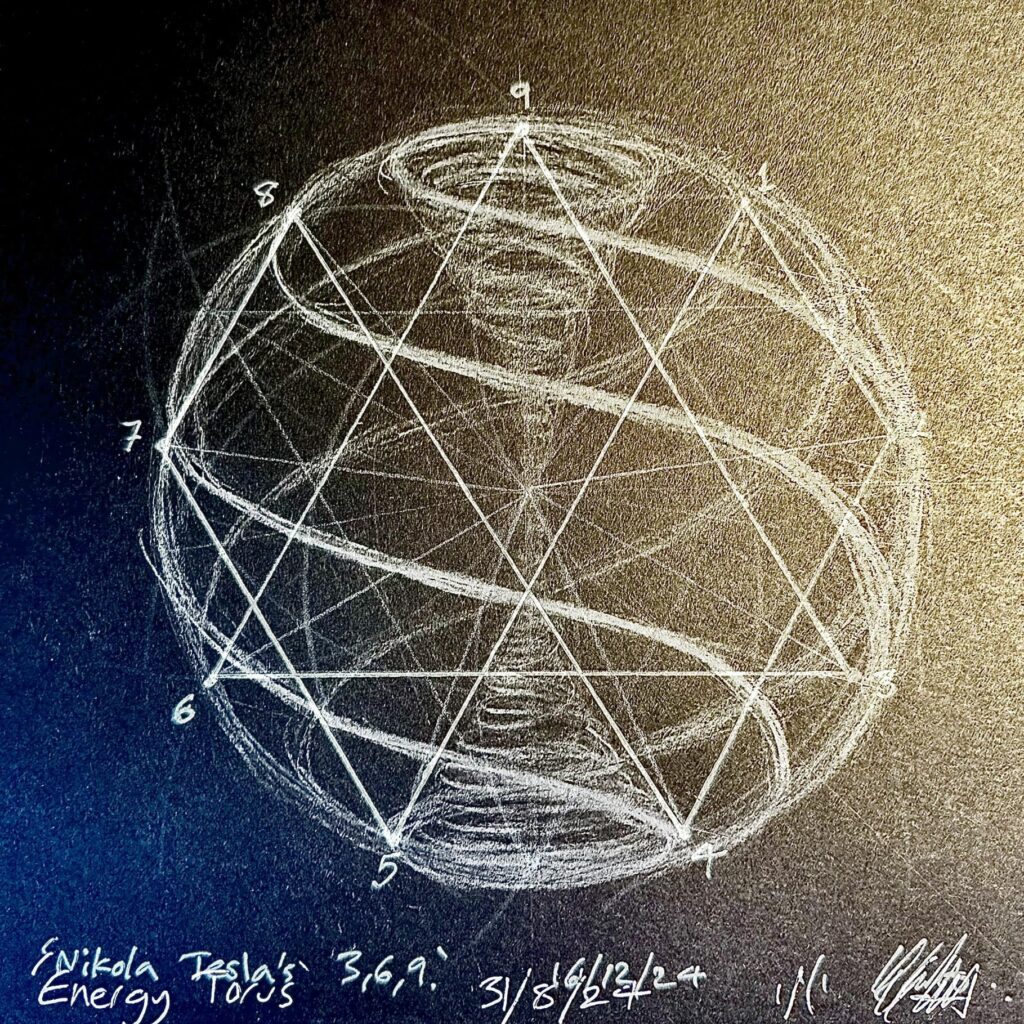
This website is about gravity. It begins with a related question: what makes a magnet work? Answers in the field of physics attach questions to principles. Answers in theoretical physics require specific questions regarding those principles. Theoretical physics is a scientific field of opinions, sometimes the answers are speculative, other times they’re factual answers. Since the basis of all matter remains an unknown quantity, actual facts are based on opinions relating to the questions. The question of what makes a magnet attract, is the more appropriate question for theoretical physics.
Scientific academia is filled with responses to the question: what makes a magnet attract. In physics, there are many answers. These answers are similar to, when looking in a dictionary to find out what a word means, and the dictionary definition explains that the word is a derivative of a different form of that word but doesn’t provide an explanation of its definition.
What makes a magnet attract? Here’s a favorite from a company that sells magnets, magnet4sale.com :
One question that many of us have is, what makes magnets attract? The answer to this question is fairly straightforward. It is based on the principle of attraction and repulsion, and this has been used in many fields in order to give human’s something that can help them solve their problems and to improve their lives.
Even though theoretical physics is opinion oriented, it provides more complete answers. On the website cattcc.org is an actual answer to the question: What makes magnets attract? “Molecular combination of electron structure”, that’s the simple quick answer. In the more detailed answer, elements with an odd number of electrons in the orbit of their outer shell present a tendency of imbalance. Neodymium, however, is one of the strongest of magnetic raw earth elements when combined with other elements, yet, independently has a balanced flow of electron shells. The process of magnetism is a theory that the odd number of electrons causes an unbalanced orbital structure. This unbalanced motion provides the environment for the odd number of electrons to be attracted to and attach themselves to other elements within molecular structure. When combined with other elements, even Neodymium can find a molecular structure to have strong magnetic tendencies. These molecular structures of combined metaled elements, such as nickel, chromium or, something else; elements with the attractive magnetic tendencies: are attracted to ferrous materials. Ferrous materials are elements or molecules possessing iron qualities.
Theoretical physics is more than areas concerning magnetism. The fundamentals of quantum physics engage the study of particle physics and the makeup of matter.
Gravity is referred to as a force by scientific academia. This acceptance of being a force is found in britannica.com, or northwerstern.edu , and many other sources of academia training.
The advantage of theoretical physics is that it is a science of suppositions. To have merit, a theory has to have cognitive foundation. There are theories that exist, without the traditional acclaim of accredited academia notoriety. One such supposition is a new theory for: cattcc.org. This postulation theorizes that gravity is angular momentum of particles in their path of motion. It follows Einstein’s theory of relativity which states that all matter is traveling through space at the speed of light.
This new theory provides groundwork to explore particle wave motion parallel to electrogravitics, rather than the traditional concept of electromagnetics.
From this perspective, it becomes very clear that gravity is a motion. Gravity is momentum of particle mass in its path at light speed. This shows that gravity is only a motion of particle momentum.
The new theory suggests that gravity is a subatomic process rather than a product of mass. This does not negate gravitational laws that dictate its action. In regard to the composition of subatomic matter and what is held in theory as a procession of electromagnetic orbits, this new theory makes the point that magnetism is the action of stray electrons in ferrous materials.
How, then, can atoms of non-ferrous composition hold electromagnetic properties? It is the scientific claim that magnetism is an action of ferromagnetism. Because science has established magnetic action as ferromagnetism, how are magnetic properties able to exist in sub-atomic properties and yet lose their magnetic existence in large quantities of element mass that aren’t ferrous?
This new theory coincides with Albert Einstein’s theory of relativity in its claim that our galaxy is flying through the universe at light speed. The currently held belief of all matter; is every particle maintains elliptical orbits. This new theory identifies matter as Einstein’s theory claims; that all matter is moving at light speed. This speed nullifies a model of matter holding elliptical orbits. This new theory of gravity postulates that all matter, as moving at light speed is linear. This linear movement follows unified wave motions. It postulates a specific path of linear movement. This new theory identifies gravity as the angular momentum of matter along this linear path.
Gravity is a process of mass. It is the flow of mass.
One of the concepts for electrogravitics is that the currently academically accepted theory of electromagnetic positive and negative charges is inaccurate. This postulation for electrogravitics, claims that gravity holds a greater influence at the subatomic level than electromagnetics. With gravity being the angular momentum of particle movement along their frequency path at light speed, this postulation is indeed plausible.
In this new theory regarding gravity, it postulates a corresponding relation to physics theory of the string model. For this new theory to hold the speculation that gravity is angular momentum of particle mass along it’s path: what is its path? Similar to the string model, a particle follows a specific path.

It is postulated in this new theory for gravity that particles travel in a specific path similar to what Nikola Tesla’s Energy Torus speculated; as a linear eight-pointed mobius. There is more about this on the CATTCC blogpost: Deep Dive into Quantum Physics. Viewing this as a ribbon, and then stretching the ribbon linearly, its seen with twists: this is the path, according this new theory of gravity.
Even people without interest in physics are subject to its actions and use it in every aspect of their lives. Although someone lacks understand of how something works, they are still able to use it in application. Most people don’t know how a car works and yet they drive them. Some people don’t even know how to drive.

